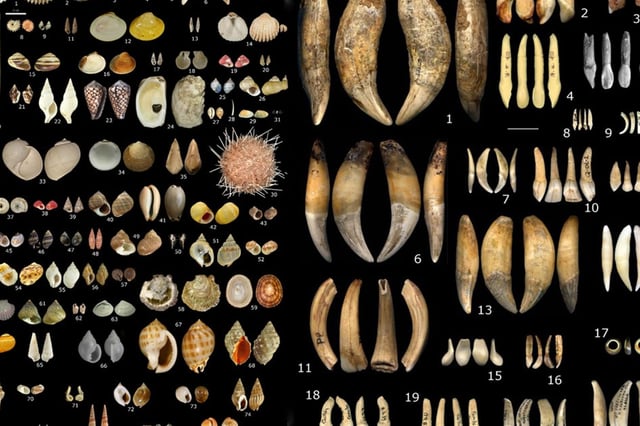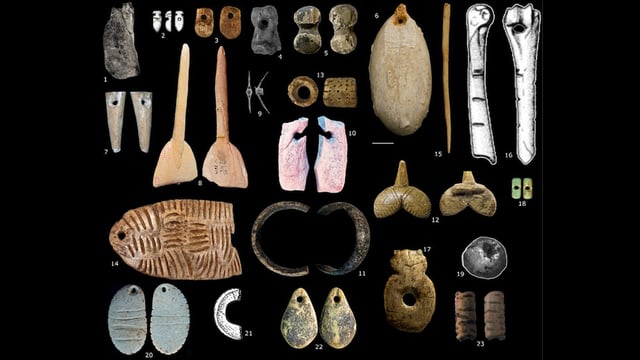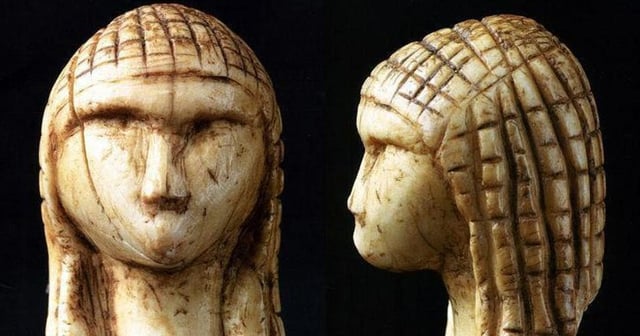Overview
- New research has identified nine distinct cultural groups that existed in Europe during the Gravettian period, between 34,000 and 24,000 years ago, based on the types of beads they used for personal adornment.
- The study analyzed 134 types of beads from 112 sites across Europe, revealing a wide variety of materials used, including shells, ivory, bones, teeth, antlers, jet gemstones, and amber.
- Distinct cultural groups could be identified by their unique styles and choice of materials, despite the availability of similar resources across different regions.
- Cultural differences were more pronounced in burial sites compared to dwelling sites, suggesting cultural identity played a significant role in funerary rites.
- The study highlights that genetics does not necessarily equate to culture, as some genetically distinct groups shared similar cultural practices.


